1,576 days, 2,409 entries ...
Newsticker, link list, time machine: HOLO.mg/stream logs emerging trajectories in art, science, technology, and culture––every day
“Rap Research Lab,” an exhibition showcasing Tahir Hemphill’s eponymous studio and education initiative, opens at the Center for Art, Design & Visual Culture (CADVC) at the University of Maryland, Baltimore County (US). Presented works interpreting hip hop lyrics as datasets include Picasso, Baby! (2014), which visualizes cross-connections between rappers and modern artists, and Maximum Distance. Minimum Displacement. (2014, image), which maps geography in lyrics of MCs including Jay Z and Missy Elliot.
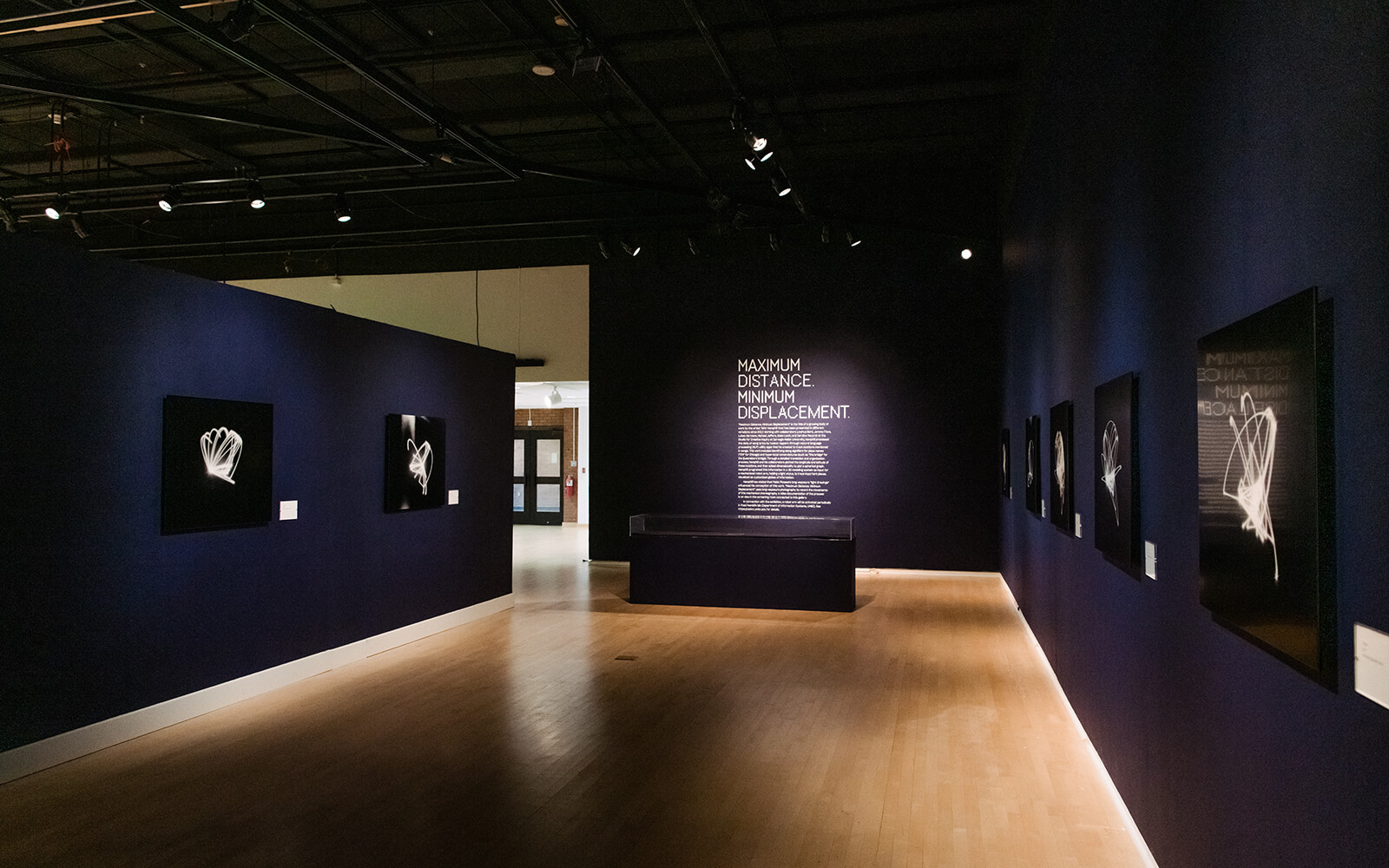
“World Wind,” a show featuring American artist Marina Zurkow working in collaboration with James Schmitz, opens at bitforms New York. Presenting works that depict “ecological transformation with a style reminiscent of lithography and propaganda,” two software pieces by the duo take centre stage. One, The Breath Eaters (2022, image), combines fossil fuel plant locations with real-time fire and weather data to animate emission currents—‘vintage poster’ style.
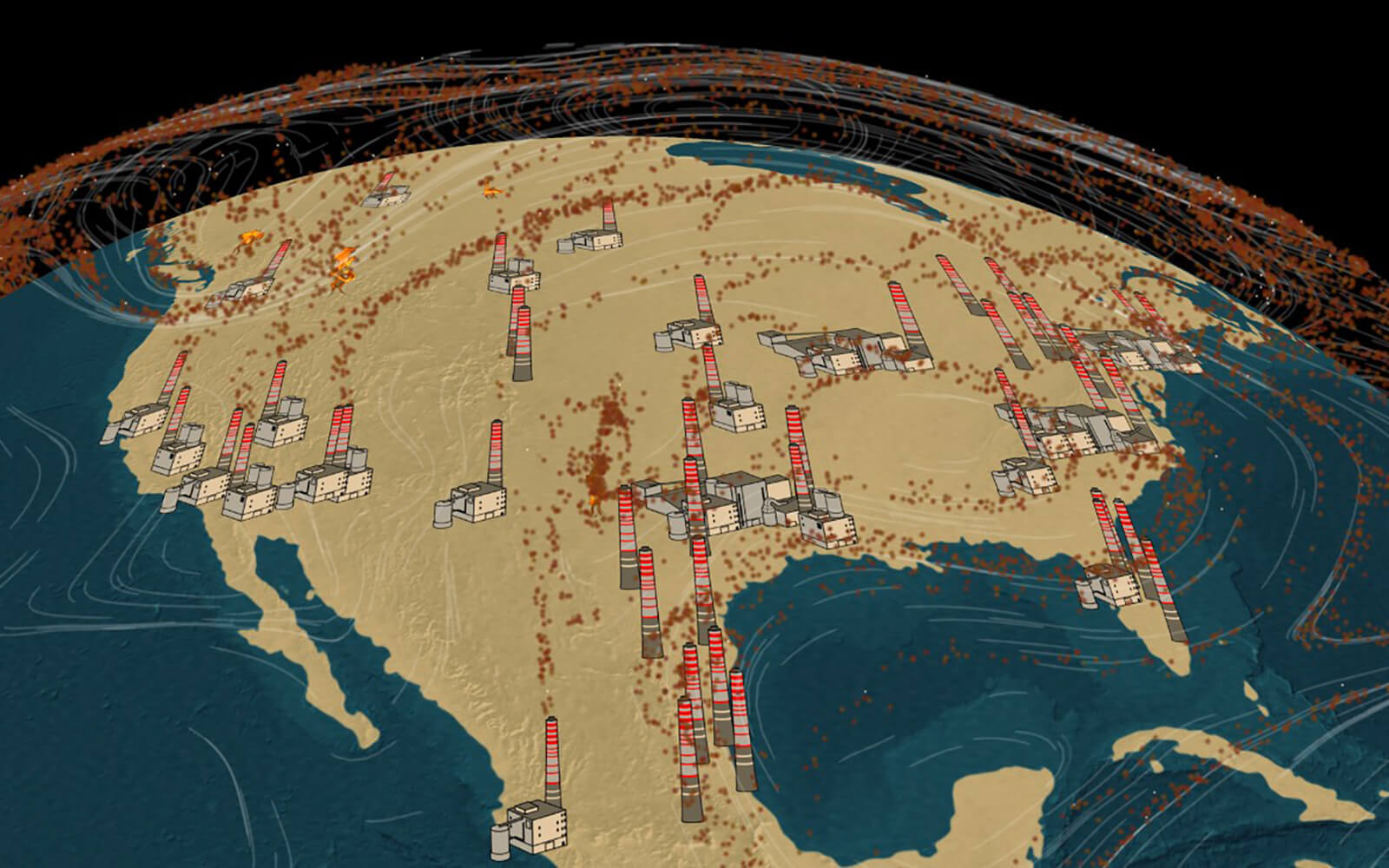
Artists Vladan Joler, Gordan Savičić, and scholar Felix Stalder launch Infrastructures of a Migratory Bird (2022), a data visualization of rewilding efforts of the Northern Bald Ibis in the European Alps. The iconic bird, regionally extinct since 1621, was reintroduced into its historic habitat in 2013. Hatched within ZHdK’s Latent Spaces research project, the map reveals the extent of the conservation infrastructure, from GPS satellite tracking, to data analysis, to cost.

Three Doors—Forensic Architecture/Forensis, Initiative 19 opens at Frankfurter Kunstverein (FKV). Featuring London-based Forensic Architecture working with local partners, the show (re)presents evidence in three instances of racially motivated violence in Germany. Oury Jalloh’s Cell: Smoke Traces (2022, image), demonstrates the central architectural motif, by modelling the circumstances of an African asylum seeker’s burning death, while in police custody in 2005.
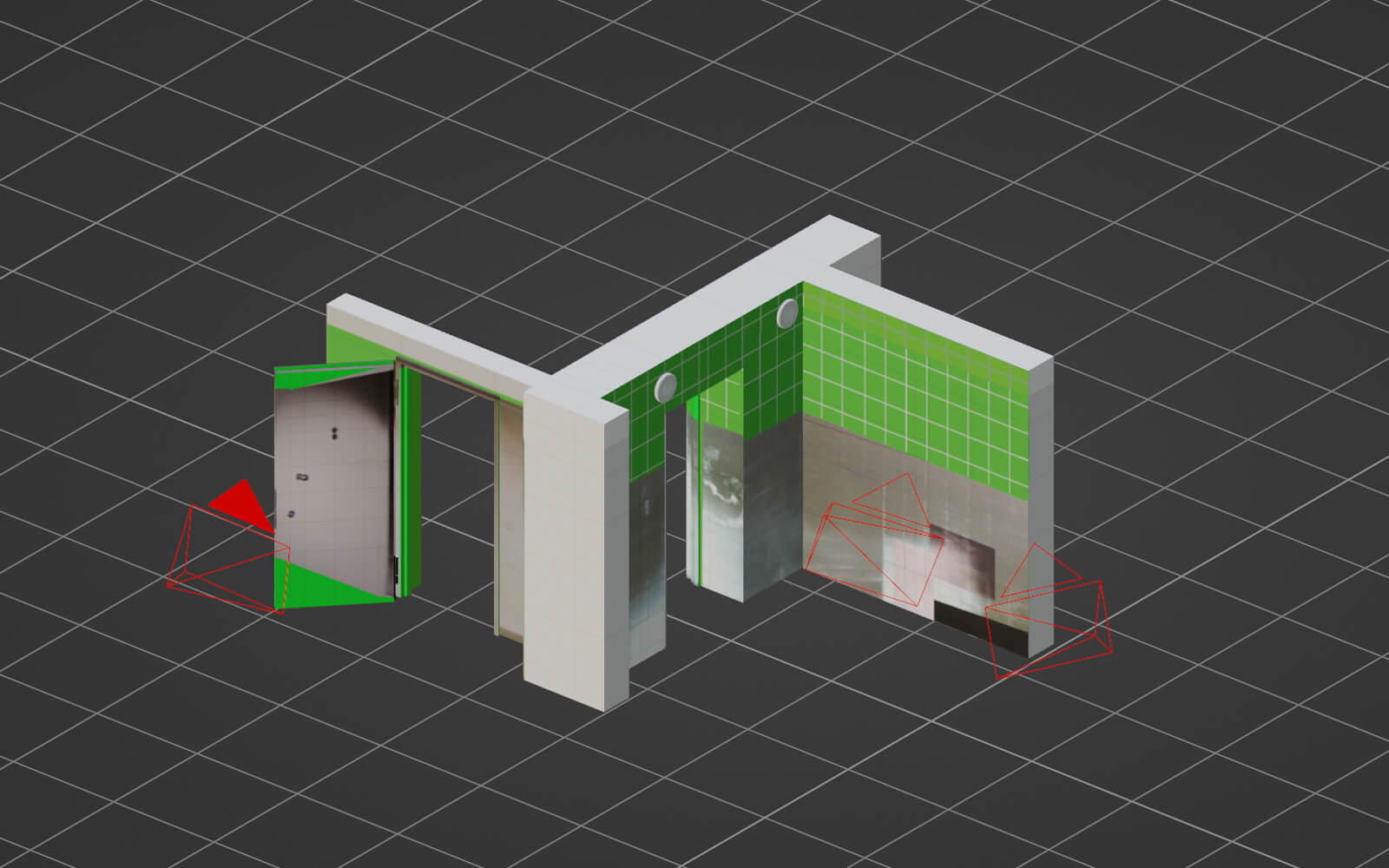
“Transatlantic Visions,” an exhibition showcasing Juliette Lusven’s doctoral research on internet infrastructure, opens at Montréal’s ELEKTRA gallery. Its single installation Sonder (le monde) (2022, image) presents a visualization of the undersea cables that span the Atlantic Ocean and real-time geographic data, fusing topographic and satellite views with “microscopic captures of technological residues, sediments, and microfossils from the ocean floor.”
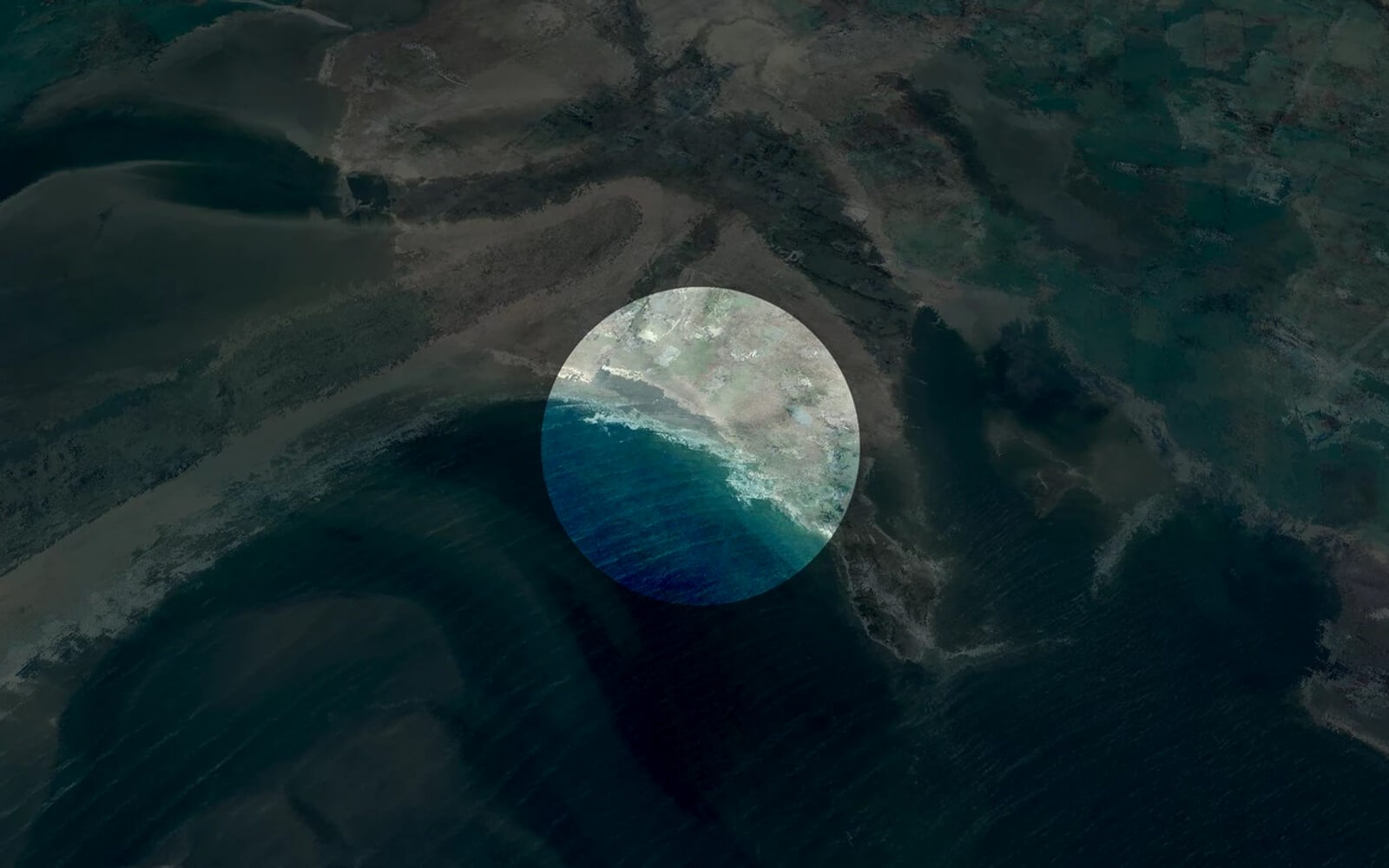
“It’s dated January 17th 1995, which means that three weeks after I started thinking about networks, my instinct was to visualize them.”
Marking their 15th anniversary, Rhizomatiks’ first major solo show opens at the Museum of Contemporary Art Tokyo (MOT). “Rhizomatiks_multiplex” celebrates the collective’s fluency across mediums, presenting data visualization, stage design and choreography (image: Reframe 2019, for the pop trio Perfume), music videos, and installations. Picking up on their preoccupation with how “our bodies oscillate between the virtual and the real,” the exhibition is itself hybrid—an online component augments the MOT programming.
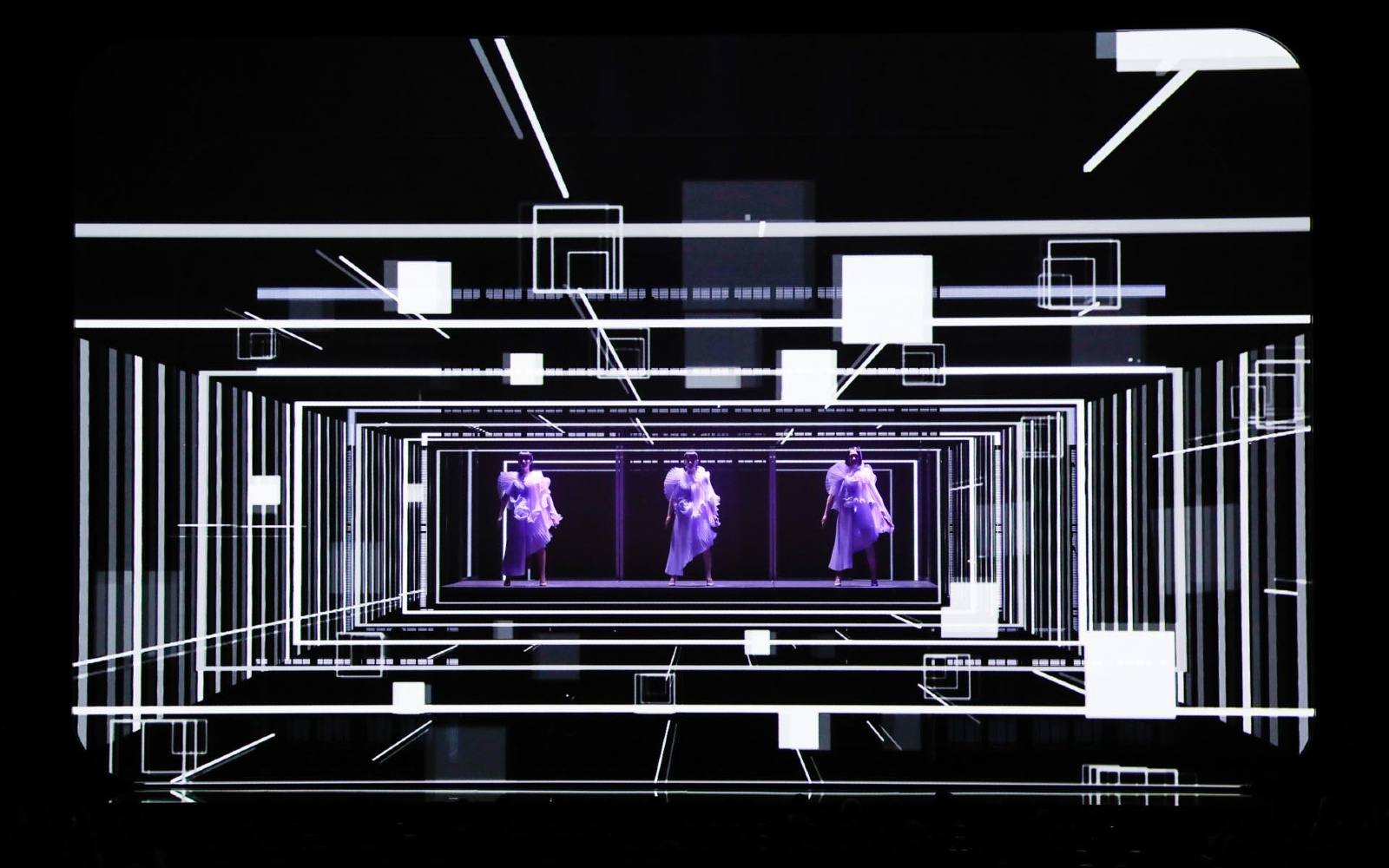
“The networks that determine artistic success are largely invisible to practitioners—even insiders see only specific segments of it. We relied on big data to map these networks out and remarkably, we find artistic success highly predictable.”
Forensic Architecture launches an interactive archive of police brutality cases documented at Black Lives Matter protests across the United States. In examining thousands of videos shared online, the London-based research agency together with Bellingcat investigators managed to verify and analyse more than 400 attacks on civilians using chemical agents, 300 instances of unjustified arrest, detention, and intimidation, 300 physical assaults by officers, and 250 attacks on journalists, medics, and legal observers.
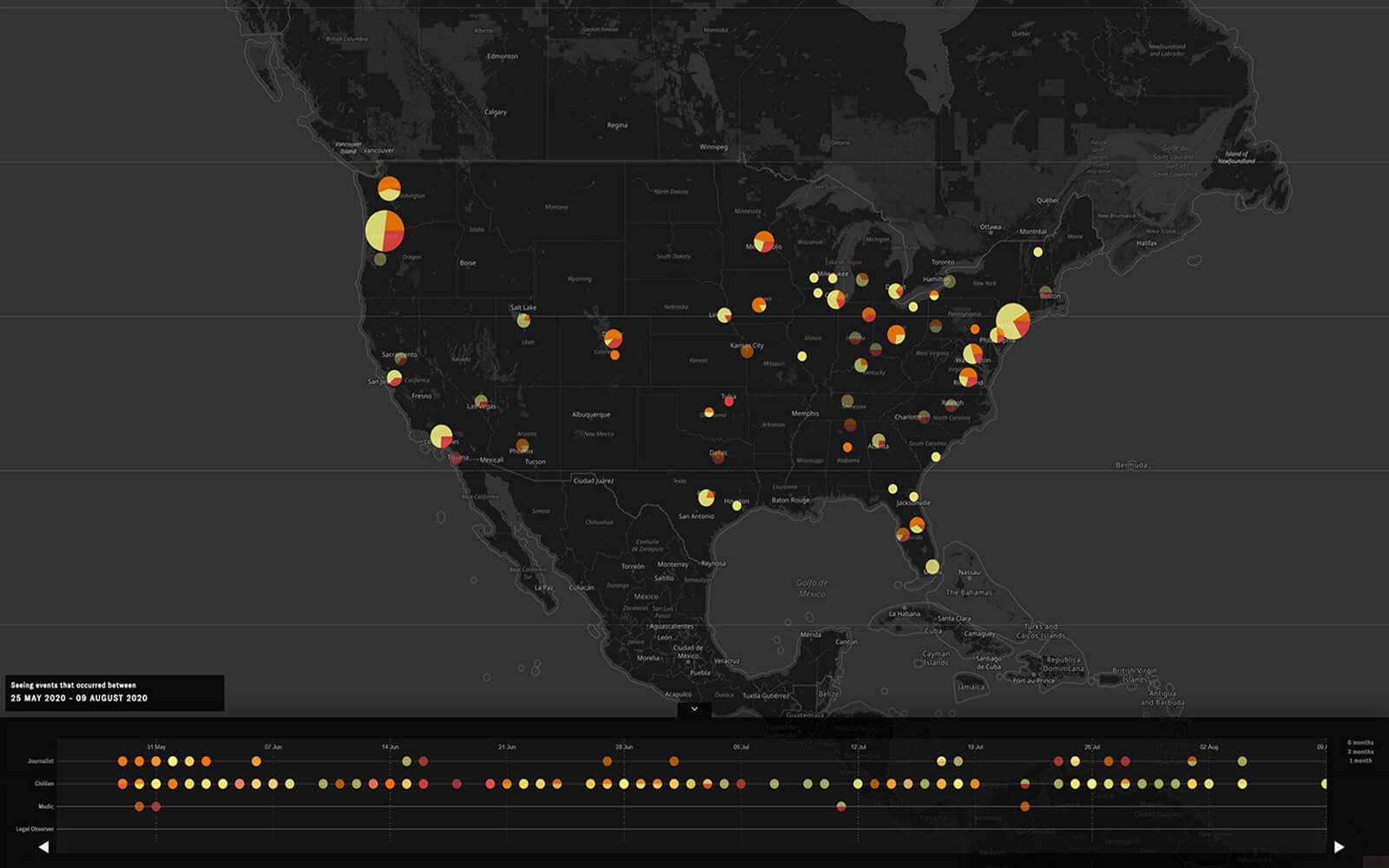
Daily discoveries at the nexus of art, science, technology, and culture: Get full access by becoming a HOLO Reader!
- Perspective: research, long-form analysis, and critical commentary
- Encounters: in-depth artist profiles and studio visits of pioneers and key innovators
- Stream: a timeline and news archive with 1,200+ entries and counting
- Edition: HOLO’s annual collector’s edition that captures the calendar year in print
